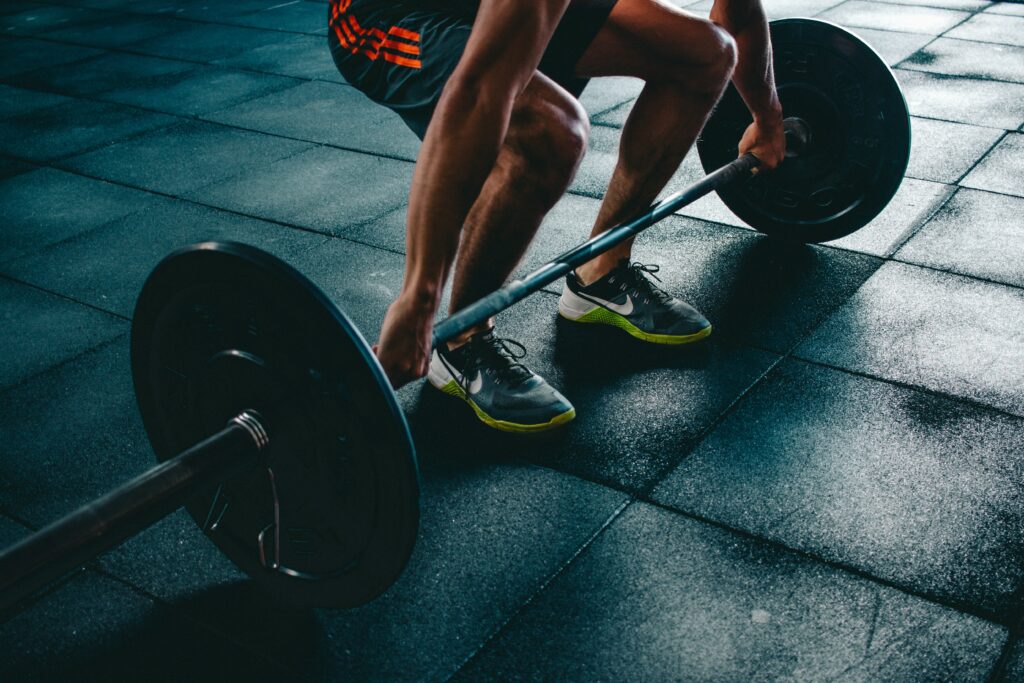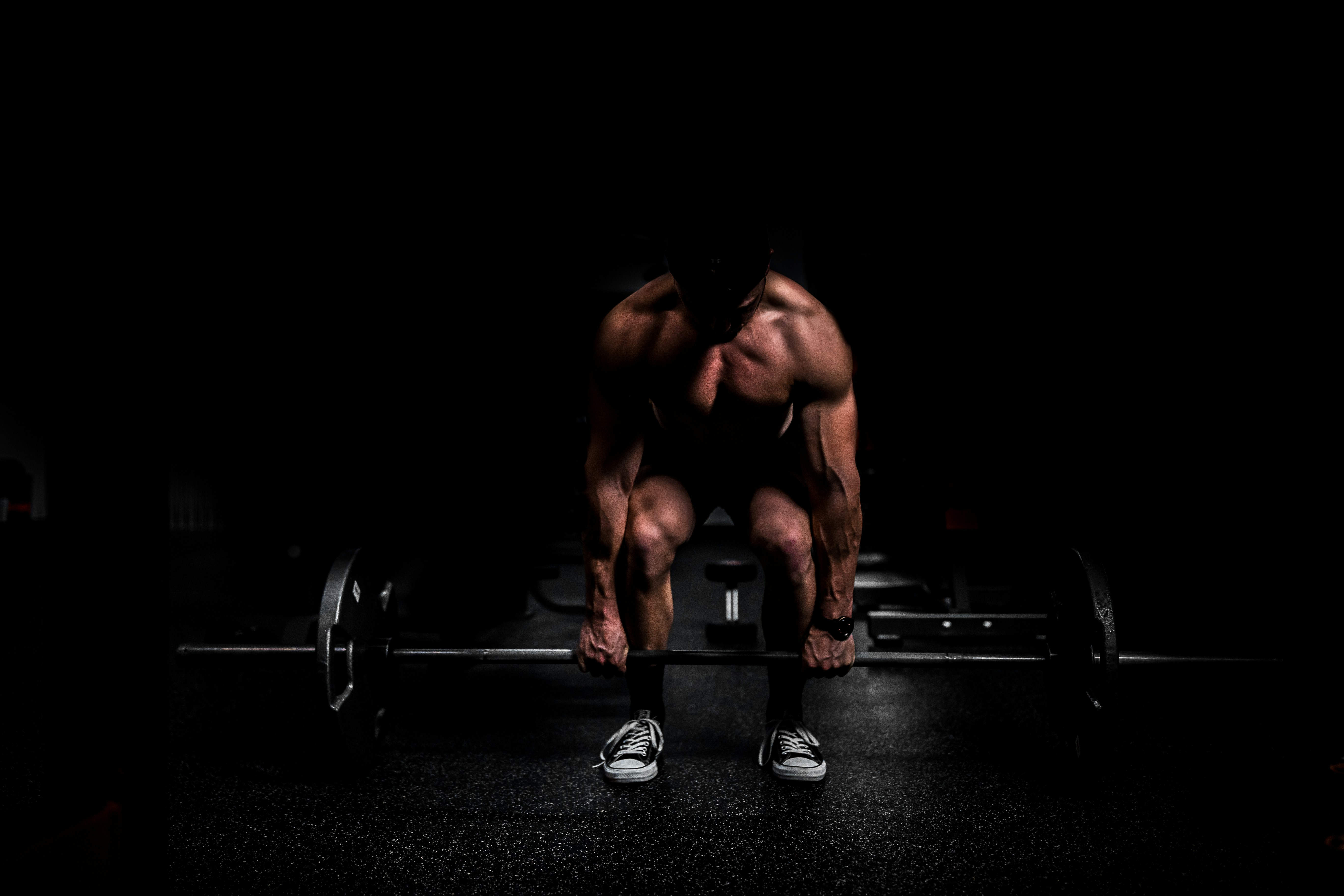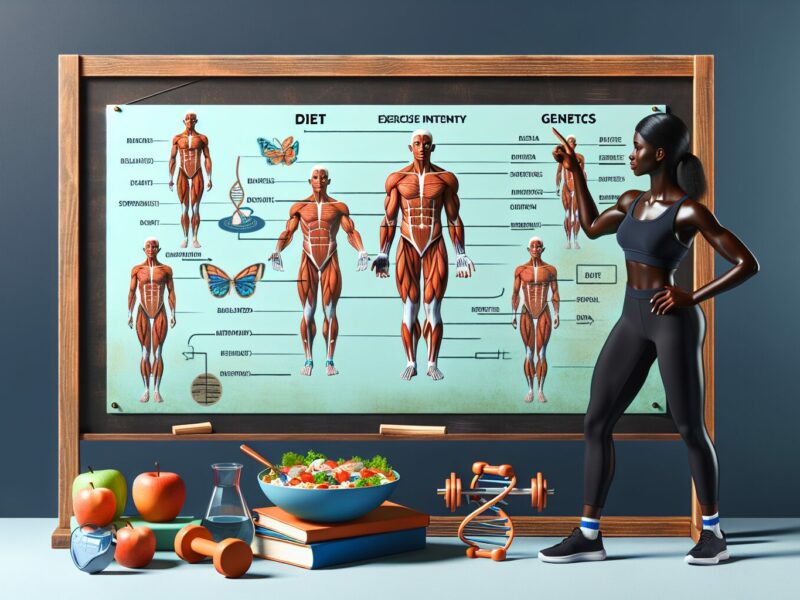Are you looking to amp up your fitness routine by incorporating cardio exercises but worried about losing the hard-earned muscle mass? Well, fret not, because finding that perfect balance between cardio and muscle gains is indeed possible. In this article, we will explore various strategies and tips to help you seamlessly blend muscle-building workouts with cardio exercises, ensuring you achieve your fitness goals without sacrificing your muscular gains. So get ready to unleash the full potential of your workouts, as we guide you through the process of incorporating cardio into your routine without compromising your precious muscles.

Why is Cardio Important for Overall Fitness?
Improving cardiovascular health
Cardiovascular exercises, also known as cardio, are a vital component of any fitness routine. Engaging in regular cardio workouts helps improve the health of your cardiovascular system, which includes your heart, blood vessels, and lungs. When you perform cardio exercises, your heart rate increases, causing your heart to pump more blood and deliver oxygen and nutrients to your muscles. This increased blood flow strengthens your heart, lowers blood pressure, and improves overall circulation. By improving your cardiovascular health, you reduce the risk of developing heart disease, stroke, and other chronic conditions.
Reducing the risk of chronic diseases
One of the primary benefits of incorporating cardio into your fitness routine is the prevention and management of chronic diseases. Regular cardio workouts can significantly reduce your risk of developing conditions such as obesity, type 2 diabetes, and certain types of cancer. Cardio exercises help in weight management by burning calories and increasing your metabolic rate. They also help control blood sugar levels and improve insulin sensitivity. Additionally, cardio workouts boost your immune system, improve mental health, and increase longevity.
Considerations for Combining Cardio and Resistance Training
The impact of cardio on muscle mass
A concern for many individuals who incorporate cardio into their fitness routine is the potential loss of muscle mass. While some forms of cardio can lead to muscle breakdown, with proper planning and the right strategies, it is possible to minimize muscle loss. It is important to note that the extent of muscle loss during cardio exercises depends on factors such as exercise duration, intensity, and nutrition.
Balancing cardio and resistance training
To strike the right balance between cardio and resistance training, it is essential to design a workout routine that meets your goals while preserving muscle mass. Incorporating both types of exercises into your routine can offer a range of benefits. Resistance training helps build lean muscle mass and strength, while cardio workouts improve endurance and cardiovascular health. By carefully structuring your workout schedule and employing optimal cardio strategies, you can achieve the best of both worlds.
Optimal Cardio Strategies to Preserve Muscle Mass
Choose low-impact cardio exercises
When aiming to preserve muscle mass, it is advisable to opt for low-impact cardio exercises. Low-impact exercises put less stress on your joints and muscles, minimizing the risk of injury and muscle breakdown. Examples of low-impact cardio exercises include walking, swimming, cycling, using an elliptical machine, and rowing. These exercises provide an effective cardiovascular workout without placing excessive strain on your muscles.
Implement high-intensity interval training (HIIT)
High-intensity interval training (HIIT) is a cardio strategy that involves alternating short bursts of intense exercise with active recovery periods. HIIT workouts are known to be efficient in burning calories, improving cardiovascular fitness, and preserving muscle mass. The intense bursts of exercise stimulate muscle growth and fat burning, while the recovery periods allow for adequate rest. This approach maximizes the benefits of cardio without sacrificing muscle mass.
Utilize steady-state cardio strategically
Steady-state cardio, also known as moderate-intensity continuous training, involves maintaining a steady pace for an extended period. While it may not be as effective for preserving muscle mass as low-impact cardio or HIIT, it can still be beneficial when used strategically. Incorporating steady-state cardio in your routine on days dedicated to active recovery or on days you do not have resistance training can help improve cardiovascular fitness without significantly impacting muscle mass.
Pre and Post-Cardio Nutrition
Prioritize protein intake
Before engaging in any cardio workout, it is important to ensure that your body has an adequate supply of protein. Protein plays a crucial role in repairing and building muscle tissue. Consuming protein-rich foods or supplements before your cardio session can help reduce muscle breakdown and maintain muscle mass. Good sources of protein include lean meats, poultry, fish, eggs, dairy products, legumes, and tofu.
Include carbohydrates for energy
Carbohydrates are the primary source of energy for our bodies during exercise. They fuel your muscles and provide the necessary energy to perform cardio workouts effectively. Prior to your cardio session, include complex carbohydrates in your pre-workout meal or snack. Foods such as whole grains, fruits, and vegetables are excellent sources of complex carbohydrates that can sustain your energy levels throughout your workout.
Post-workout nutrition for muscle recovery
After completing a cardio workout, it is crucial to replenish your body with the nutrients it needs for muscle recovery and repair. Consuming a balanced post-workout meal or snack that includes both protein and carbohydrates is essential. This combination helps stimulate muscle protein synthesis and replenish glycogen stores. Opt for protein sources like lean meats, poultry, fish, dairy products, or plant-based options such as beans or lentils. Pair it with carbohydrates like whole grain bread, rice, or fruits to promote muscle recovery and restore energy levels.

Structuring Your Weekly Workout Routine
Dedicate specific days to cardio and resistance training
To effectively incorporate both cardio and resistance training into your routine, consider dedicating specific days of the week to each type of exercise. This allows you to maintain a balanced workout schedule and ensure that you are providing adequate time for both forms of exercise. For example, you might choose to do resistance training two or three days a week and cardio workouts on the remaining days.
Alternating cardio and resistance training on the same day
If time constraints or personal preferences make it challenging to dedicate separate days to each type of exercise, an alternative approach is to combine cardio and resistance training in the same workout sessions. By alternating between cardio exercises and resistance exercises, you can efficiently work on different muscle groups while getting a cardiovascular workout. However, it is important to ensure that your muscles get adequate rest between exercises to prevent overtraining and reduce the risk of injury.
Proper Warm-Up and Cool-Down
Dynamic warm-up exercises
Before starting any workout, it is essential to warm up your muscles to prepare them for the upcoming activity. Dynamic warm-up exercises, such as arm circles, leg swings, or light jogging, help increase blood flow, enhance flexibility, and improve joint mobility. Performing dynamic warm-up exercises for 5-10 minutes before cardio or resistance training can help reduce the risk of injury and improve overall workout performance.
Importance of stretching post-workout
At the end of your workout, it is crucial to cool down and stretch your muscles to promote flexibility, reduce muscle soreness, and prevent injury. Static stretching, where you hold stretches for 15-30 seconds, can help improve muscle flexibility. Focus on stretching the muscle groups that were predominantly used during your workout. By including a cool-down period and post-workout stretching routine, you allow your body to gradually return to its resting state, promoting better recovery.
Tracking Progress and Adjusting Your Routine
Monitoring changes in muscle mass
To determine the effectiveness of your cardio and resistance training routine, it is important to monitor changes in your muscle mass over time. Regularly measuring your body composition, either through body fat analysis or using methods such as skinfold calipers or bioelectrical impedance, can provide insight into any potential changes. Aim to maintain or increase lean muscle mass while reducing body fat, as this indicates that your routine is successful in preserving muscle.
Adjusting intensity, duration, and frequency
As you progress in your fitness journey, it is crucial to continuously challenge your body to achieve optimal results. By gradually increasing the intensity, duration, or frequency of your cardio workouts, you can avoid reaching a plateau and promote ongoing muscle development. However, it is essential to listen to your body and make adjustments within your limits to avoid overtraining or injuries.
Finding Enjoyable Cardio Activities
Exploring various cardio options
To make your cardio workouts more enjoyable and sustainable, it is essential to explore various options and find activities that you genuinely enjoy. Whether it’s dancing, hiking, cycling, or participating in team sports, finding an exercise that aligns with your interests increases the likelihood of sticking to your fitness routine. Mix and match different activities to keep your workouts interesting and prevent boredom.
Incorporating outdoor activities
In addition to traditional indoor cardio exercises, incorporating outdoor activities into your routine can make your workouts more enjoyable and refreshing. Outdoor activities such as running, hiking, swimming in natural bodies of water, or playing sports in the park offer a change of scenery and provide connection with nature. The fresh air and natural surroundings can enhance your mood and motivation, enabling you to stay consistent with your cardio workouts.

Avoiding Overtraining and Injury
Listen to your body’s signals
While it’s important to challenge yourself during cardio workouts, it is equally essential to listen to your body’s signals and avoid pushing yourself beyond your limits. Overtraining can lead to burnout, increased risk of injury, and muscle loss. Pay attention to signs of excessive fatigue, persistent muscle soreness, or decreased performance. If you feel excessively tired or experience pain, it may be necessary to take a rest day or modify your workout intensity to prevent overtraining and maintain your overall fitness.
Gradually increase intensity and duration
To avoid overtraining and injury, it is crucial to gradually increase the intensity and duration of your cardio workouts over time. Progressive overload refers to gradually increasing the demands placed on your body to stimulate adaptations. By slowly challenging yourself and allowing your body to adapt, you minimize the risk of overuse injuries and maximize the effectiveness of your cardio workouts.
The Importance of Rest and Recovery
Get enough sleep each night
Rest and recovery play a vital role in maintaining muscle mass, allowing your body to repair and grow stronger. Getting enough quality sleep each night is crucial for optimal recovery. During sleep, your body releases growth hormones that aid in muscle repair and restoration. Aim for 7-9 hours of uninterrupted sleep to support the gains you make from your cardio and resistance training workouts.
Incorporate active recovery days
In addition to sleep, incorporating active recovery days into your weekly routine is essential for preventing muscle fatigue and promoting overall recovery. Active recovery involves engaging in low-intensity activities that increase blood flow and facilitate muscle repair. On these days, you can opt for light cardio exercises, gentle stretching, or even activities such as yoga or tai chi. Active recovery promotes relaxation, reduces muscle soreness, and prepares your body for the next intense workout.
In conclusion, incorporating cardio into your fitness routine is crucial for overall health and well-being. By following the considerations and strategies mentioned above, you can enjoy the benefits of improved cardiovascular health while preserving and even building muscle mass. It is essential to prioritize proper nutrition, design a well-structured workout routine, warm up and cool down adequately, monitor progress, find enjoyable cardio activities, avoid overtraining and injury, and give your body the rest and recovery it needs. Remember, a balanced approach to cardio and resistance training is the key to achieving and maintaining a healthy and fit body.




